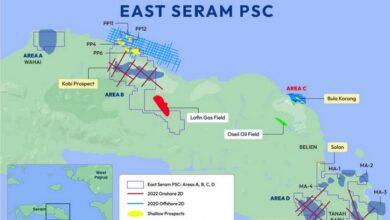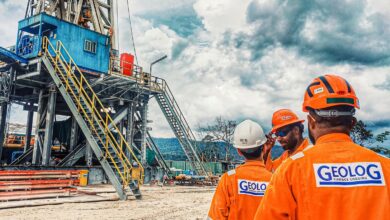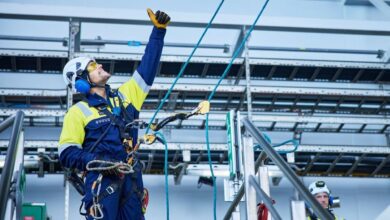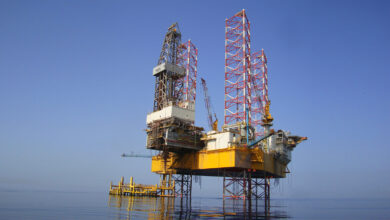Schlumberger announces goal of net-zero emissions by 2050
Schlumberger announced its commitment to achieve net-zero greenhouse gas (GHG) emissions by 2050. The company spent 18 months conducting extensive analysis and working with experts to produce a decarbonization plan. With minimal reliance on offsets, the plan is focused on reducing Scope 1, 2 and 3 emissions across the oil and gas value chain—including the introduction of its Transition Technologies portfolio to assist its customers and the wider industry in their decarbonization commitments.
As part of its commitment, Schlumberger outlined a series of near-term emission reduction roadmap and interim targets:
- by 2025, a 30% reduction in Scopes 1 and 2, compared to 2019 levels;
- by 2030, a 50% reduction in Scopes 1 and 2; 30% reduction in Scope 3; and
- by 2050, Net Zero, with minimal reliance on offsets
Schlumberger will ensure transparency in alignment with the Task Force on Climate-Related Financial Disclosures (TCFD) and Sustainability Accounting Boards (SASB) frameworks. In this context, Schlumberger is working with the Science-Based Target initiative for formal external validation of its 2030 target.
“There is a new industry imperative to address climate change while meeting the demand for energy both today and in the long term, sustainably. We have a 2050 net-zero carbon emissions ambition which I believe is unique in our industry due to our capabilities as a technology company and our culture grounded in science. This reinforces our commitment to unlocking access to energy, for the benefit of all,” said Olivier Le Peuch, Schlumberger CEO. “Our net-zero target is inclusive of total Scope 3 emissions; this is a first in the energy services industry.”
The Transition Technologies portfolio will address fugitive emissions, flaring reduction, electrification, well construction emissions, and full field development solutions. Comprised of proprietary technologies and solutions, these will help to reduce direct and indirect emissions along with other environmental attributes, while simultaneously driving efficiency, reliability, and performance. To quantify the impact of these technologies, Schlumberger has developed a robust framework that enables standardization of measurement, benchmarking through net-footprint comparisons, and ultimately better-informed technology selection during planning.
Schlumberger’s decarbonization plan is aligned with the Paris Agreement to limit global warming to 1.5 °C, achieving a climate neutral world by mid-century. Schlumberger is on track to achieve its previously set near-term emissions reduction target of 30% by 2025 for Scope 1 and 2, ahead of schedule.




